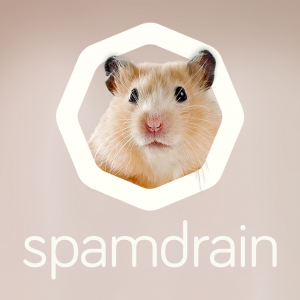Alias: A unique and usually shorter URL (link) that can be distinguished from other links even if they ultimately go to the same Web page. This makes it possible to track which message led viewers to click on the link.
Attachment: An audio, video or other data file that is attached to an email message.
Autoresponder: A computer program that automatically responds with a prewritten message to anyone who sends an email message to a particular email address or uses an online feedback form.
Authentication: A term that refers to standards, such as Sender ID, SPF and DomainKeys/DKIM, that serve to identify that an email is really sent from the domain name and individual listed as the sender. Authentication standards are used to fight spam and spoofing.
Blacklist: A list containing email addresses or IP addresses of suspected spammers. Blacklists are sometimes used to reject incoming mail at the server level before the email reaches the recipient.
Block: An action by an Internet Service Provider to prevent email messages from being forwarded to the end recipient.
Bounce Rate: The rate at which your emails are not delivered. There are two types of bounces, hard and soft, both of which are defined later in this glossary. An acceptable bounce rate is less than 5%.
Bulk Mail: Large scale email marketing sends in which the same content goes to a large group of people.
Bounces: Email messages that fail to reach their intended destination. “Hard” bounces are caused by invalid email addresses, whereas “soft” bounces are due to temporary conditions, such as overloaded inboxes.
Domain-based Message Authentication Reporting and Conformance (DMARC) is an additional layer of email authentication that builds on the two previous authentication methods Sender Policy Framework (SPF) and DomainKeys Identified Mail (DKIM). First and foremost, both SPF and DKIM must be implemented before a DMARC policy can be put into place.
DNS: Domain Name Server (or system): An Internet service that translates domain names into IP addresses.
DomainKeys/DKIM: DomainKeys/DomainKeys Identified Mail are cryptographic authentication solutions that add signatures to email messages, allowing recipient sites to verify that the message was sent by an authorized sender and was not altered in transit.
Domain name: A name that identifies one or more IP addresses. Domain names always have at least two parts that are separated by dots (for instance lsoft.com). The part on the left is the second-level domain (more specific), while the part on the right is the top-level domain (more general).
Email: Email allows you to send and receive text, HTML, images and other data files over the Internet. Email is one of the most popular online activities and has become a vital tool for electronic commerce.
Email bounces: Email messages that fail to reach their intended destination. “Hard” bounces are caused by invalid email addresses, whereas “soft” bounces are due to temporary conditions, such as overloaded inboxes.

